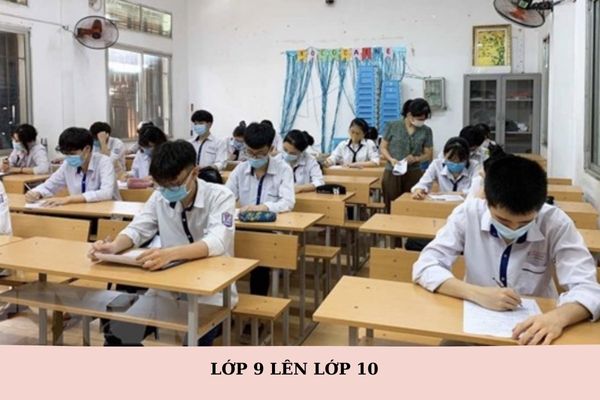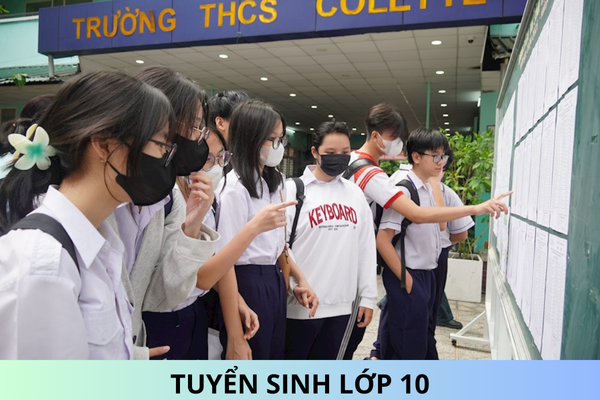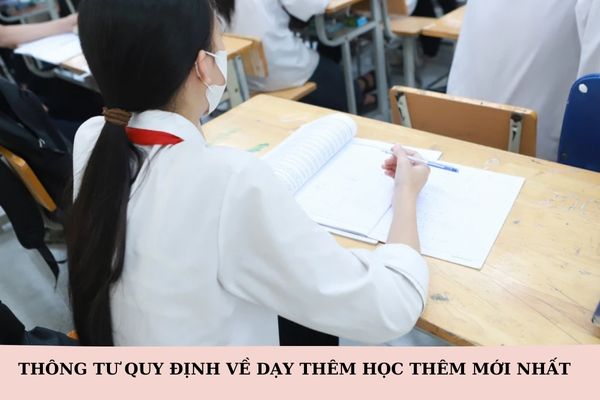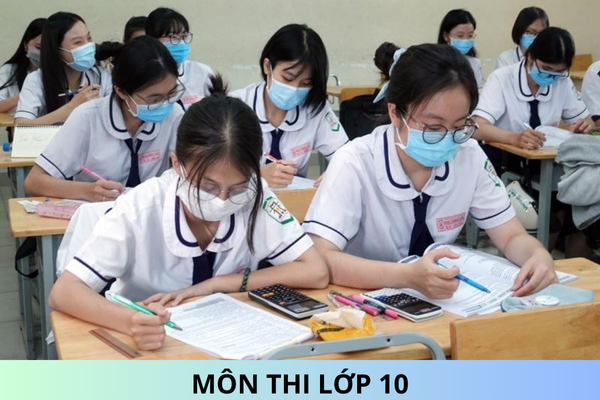According to the law in Vietnam: What are signs and symptoms of depression in students? What are methods to support students with depression?
According to the law in Vietnam: What are methods to support students with depression? - Mr. Nguyen (Ha Noi)
Ministry of Education and Training of Vietnam approves communication material on mental health of secondary school students
On November 16, 2023, the Minister of Education and Training issued Decision 3854/QĐ-BGDĐT in 2023 approving the Communication Material on Mental Health of Secondary School Students.
Article 2 of Decision 3854/QĐ-BGDĐT in 2023 provides guidance as follows:
The Communication Material on Mental Health of Secondary School Students is used as a communication material to raise awareness and skills on mental health care for school health workers, teachers, education management officials, and parents of students.
The material is posted on the website of the Ministry of Education and Training. The Departments of Education and Training, primary schools, secondary schools, and high schools are exploited and used as communication materials to organize and implement some solutions to improve mental health for students in schools.
As regulations above, the goal of the Communication Material on Mental Health of Secondary School Students is to use it as a communication material to raise awareness and skills on mental health care for school health workers, teachers, education management officials, and parents of students.
According to the law in Vietnam: What are signs and symptoms of depression in students? What are methods to support students with depression? - Source: Internet
According to the law in Vietnam: What are mental health issues of students?
Based on Chapter 3 of the Communication Material on Mental Health of Secondary School Students issued together with Decision 3854/QĐ-BGDĐT in 2023, the following guidelines on mental health issues of students are provided:
(1) Stress and anxiety disorders
(2) Post-traumatic stress disorder (PTSD)
(3) Depression
(4) Attention deficit hyperactivity disorder (ADHD)
(5) Autism spectrum disorder (ASD)
(6) Schizophrenia
(7) Oppositional defiant disorder (ODD)
(8) Substance use disorders
According to the law in Vietnam: What are signs of depression in students?
Based on Chapter 3 of the Communication Material on Mental Health of Secondary School Students issued together with Decision 3854/QĐ-BGDĐT in 2023, the following guidelines on signs of depression in students are provided:
- Easily cry, look sad, lonely, or isolated.
- Look anxious or scared.
- Easily get angry or irritable.
- Significantly change attitude in the classroom.
- Easily lose focus.
- Often skip school.
- Affect academic performance.
- Lose the motivation to study.
- Lose personal hobbies and sports, not interested in friends and leave friends.
- Change eating and sleeping habits.
- Changes in feelings, thoughts, and cognition.
- Feel excessive/unreasonable guilt.
- Feel not good enough, useless, a failure.
- Despair, not expecting anything.
- Speak hesitantly and evenly.
- Easily get angry (for example, easily get angry with everyone for no reason).
- Restless, stagnant.
- Drug abuse.
- Eat, sleep too much or too little.
Note: Students with depression are at risk of self-harm or suicide.
According to the law in Vietnam: What are measures to support students with depression?
Based on Section 3 Chapter 3 of the Communication Material on Mental Health of Secondary School Students issued together with Decision 3854/QĐ-BGDĐT in 2023, the following guidelines on measures to support students with depression are provided:
For parents and teachers
- Check the student's mood on a scale of 1 to 10 (10 being very happy) and the activities that the student is interested in (walking, listening to music, exercising, talking to friends).
- Identify activities that the student can do with the help of friends.
- Help the student assess the evidence related to negative thoughts.
- Help the student evaluate the evidence to draw conclusions.
- Model and practice "positive self-talk."
- Help the student start with familiar and previously successful activities and then move on to new and more challenging activities.
- Find a classmate who can help the student with homework.
- Instruct the student to write a journal about their emotional state and songs or poems.
- Help the student identify the things that make them feel sad.
- Assign a staff member to help students with self-harming behavior so that they are not stigmatized.
For friends
- Check the student's mood on a scale of 1 to 10 (10 being very happy) and the activities that the student is interested in (walking, listening to music, exercising, talking to friends).
- Model and practice "positive self-talk."
- Find a classmate who can help the student with homework.
In addition, for students with depression who have thoughts or behaviors of suicide, apply the following measures:
For parents and teachers
- Strengthen support measures such as: close relationships with friends and teachers, access to support within and outside the classroom.
- Recognize the warning signs of students at risk of suicide (sudden changes in behavior or academic performance, throwing away personal belongings).
- Establish dialogue with students who are anxious or have suicidal thoughts.
- Take necessary action to respond to students at risk of suicide (talking or writing about death, feeling hopeless or having no reason to live or kill oneself, looking for ways to commit suicide).
- Monitor students at risk regularly until the student is seen by a mental health specialist.
- Take the student to a mental health specialist and provide additional information to help the medical staff assess. The doctor needs to inform the student's parents of the student's condition.
For friends
Strengthen support measures such as: close relationships with friends and teachers, access to support within and outside the classroom.
Best regards!











